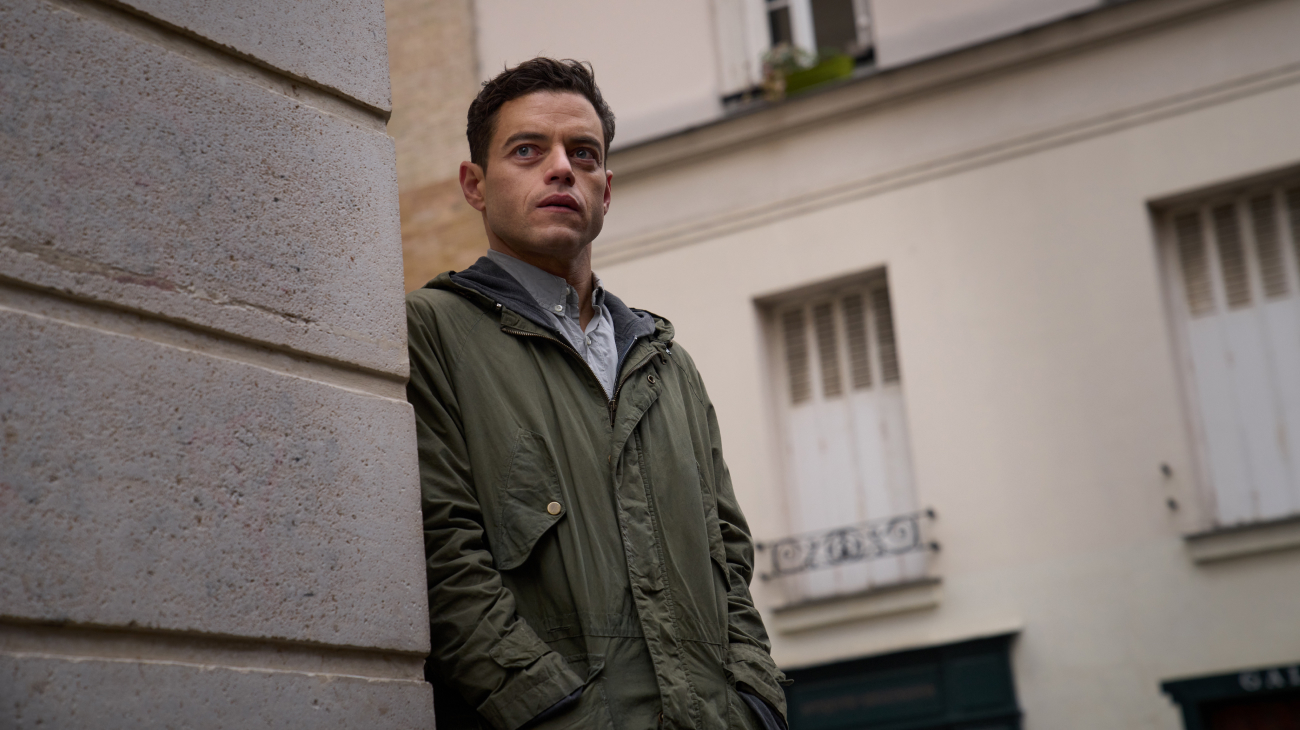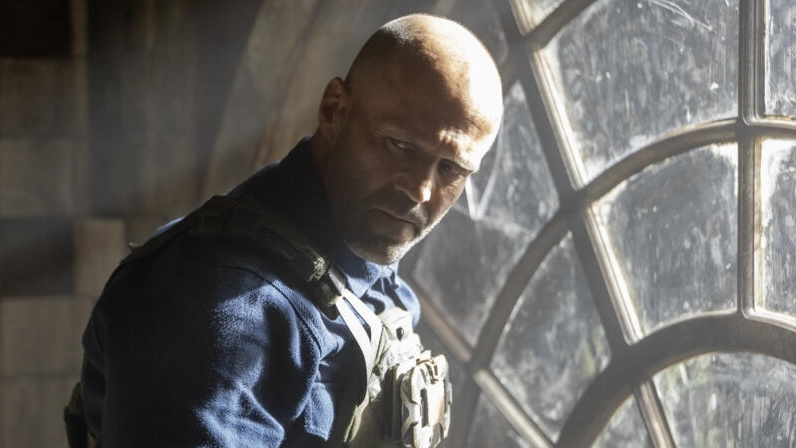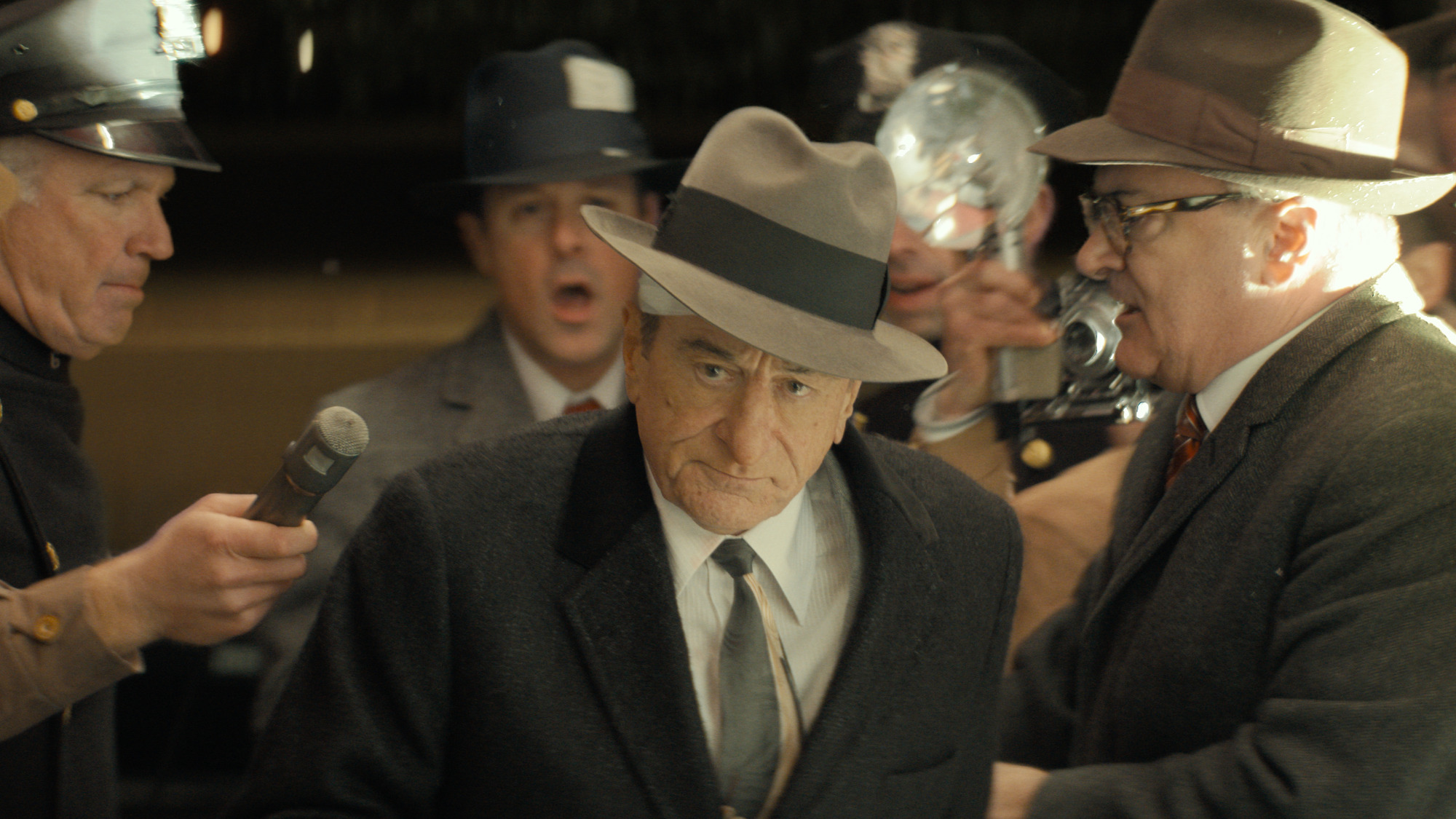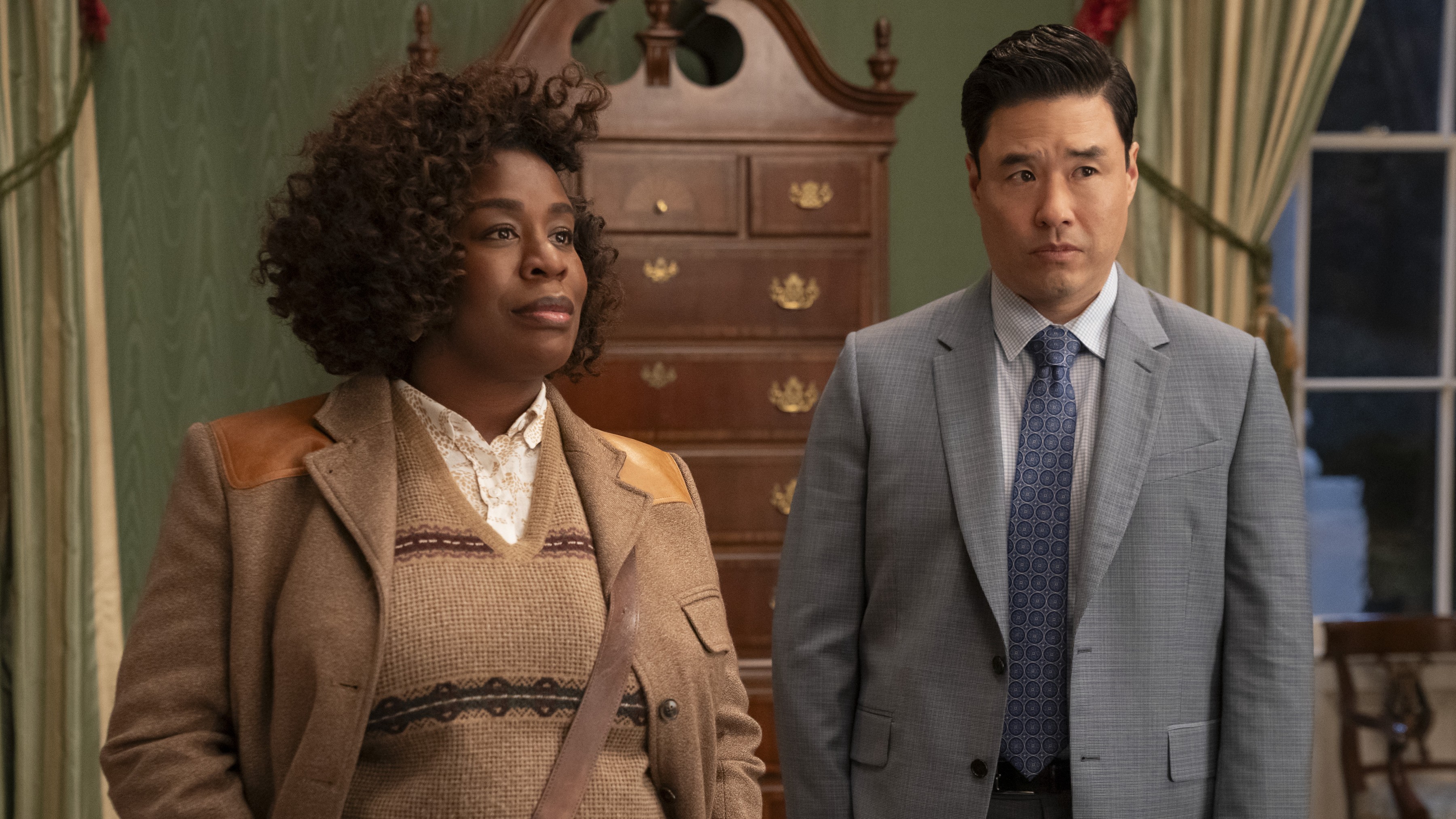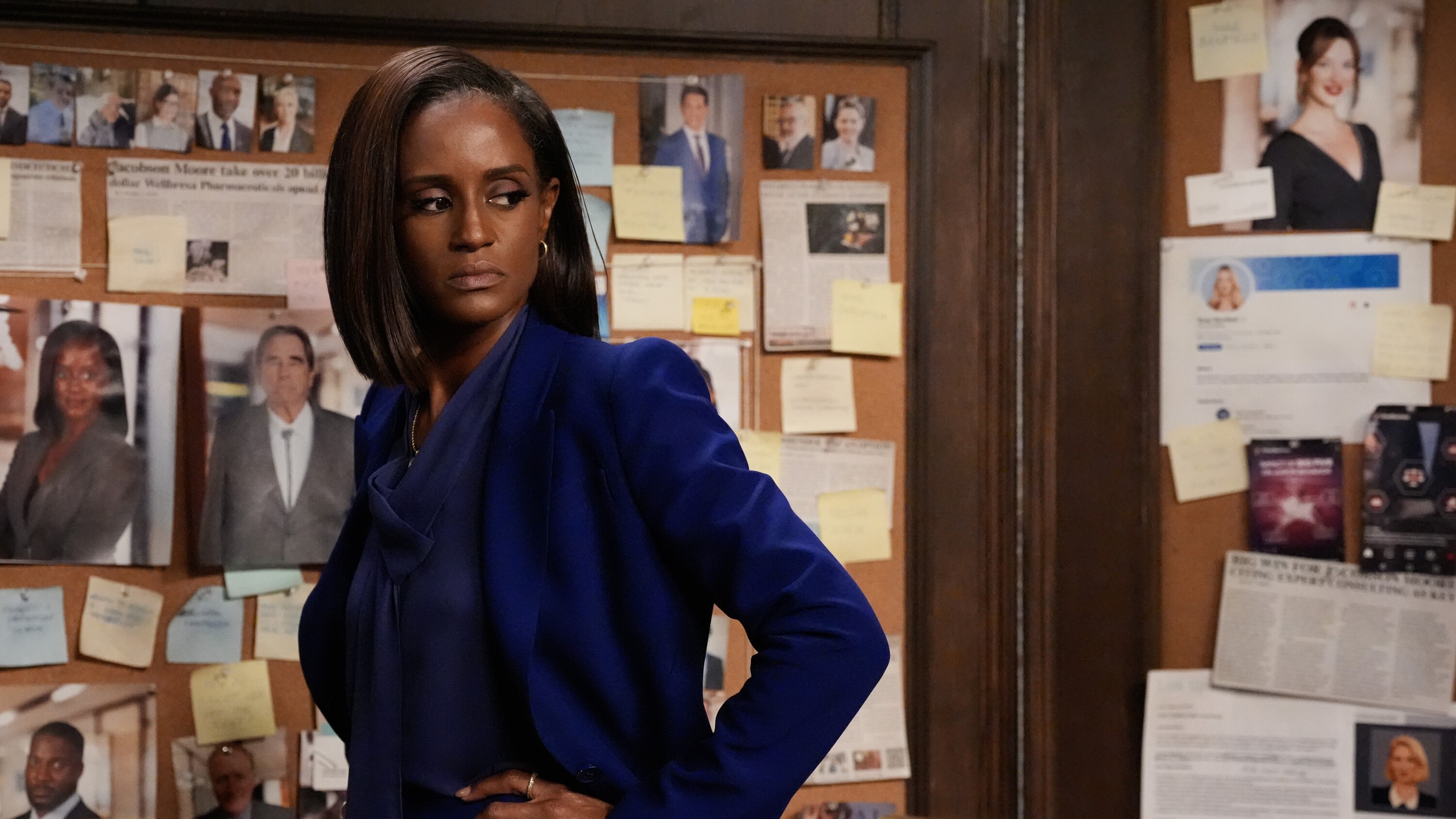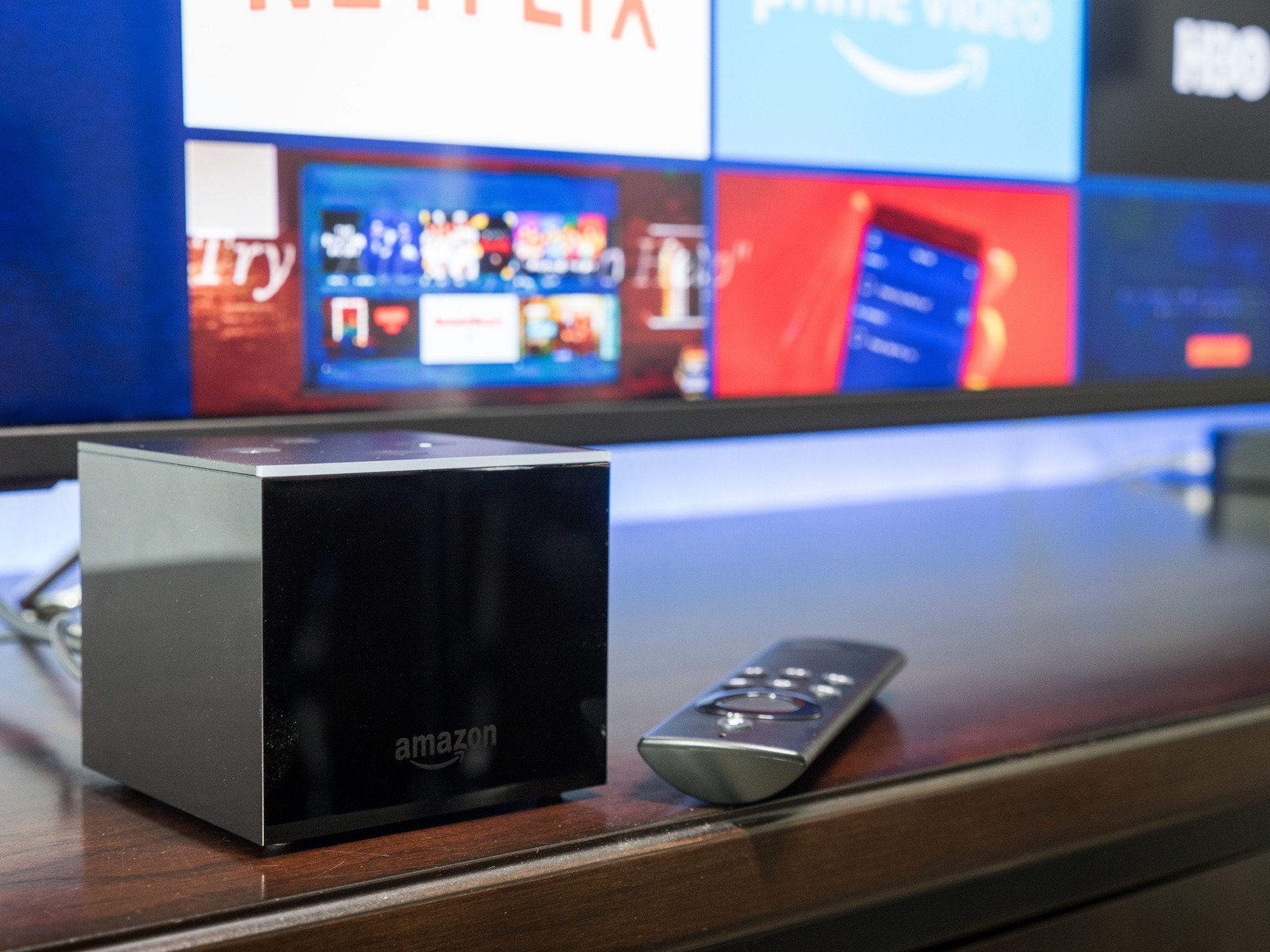
In hindsight, it's pretty clear exactly what we should have expected. Amazon Fire TV is a known entity. We've used it for years, and it's a great option for streaming TV. Amazon Echo is a great hands-free voice assistant thing. We've used Alexa for years.
Hands-free voice control augments a remote control, but it still can't replace it.
Combine the two in cube form, and we've got the Amazon Fire TV Cube . It sits atop the three current models of Fire TV, and is sort of an offshoot in the Echo line. A more capable Echo Dot, if you will. You plug it into your TV, teach it a little bit about what all you have hooked up, and it controls things reasonably well. Your display, speakers or sound bar, other devices.
None of that is particularly new.
And so it should come as little surprise that it does everything reasonably well, with predictable limitations, and no particular gee-whiz features.

Amazon Fire TV Specs
For all intents and purposes, the Amazon Fire TV Cube has the same specs as the third-generation Fire TV pendant. Both have the same processor and GPU, and both can handle 4K resolutions, HDR10, and Dolby Atmos. (Though Amazon is still somewhat lacking in content that takes advantage of that audio standard.) There's no Dolby Vision support, which isn't surprising because the processor doesn't support it.
There's also a microphone array and external speaker — that's the Amazon Echo Dot side of things.
The actually new stuff here is the inclusion of an infrared transmitter — it's in the Cube itself, but there's also an extender — which lets the Echo Fire TV act as a sort of voice-controlled universal remote control.
Amazon Fire TV Comparisons
We've put the Amazon Fire TV Cube up against the competition in the streaming TV hardware space — and that includes other Amazon Fire TV's. Here's what you need to know to get started:
- Which Amazon Fire TV should you buy?
- Amazon Fire TV Cube vs. Apple TV 4K
- Amazon Fire TV vs. Android TV and NVIDIA Shield
- Amazon Fire TV vs. Roku Ultra
Amazon Fire TV Video Review
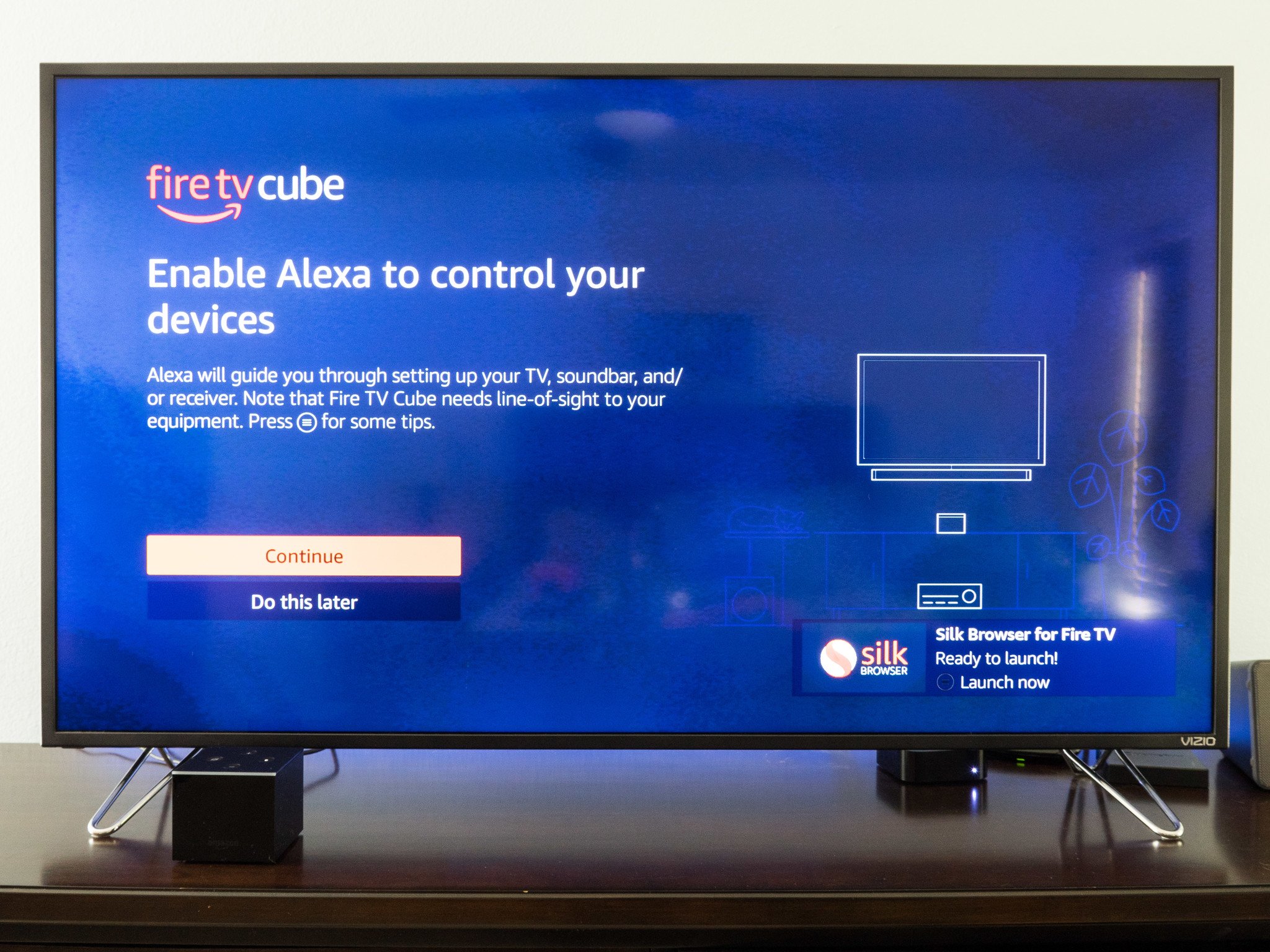
Amazon Fire TV Cube Setup
Setting up the Fire TV Cube isn't really unlike setting up any other Fire TV. Plug in the power, and plug it into your TV, and you're good to go.
A couple of things of note, though: Despite the overall size of the Fire TV Cube, there's no dedicated ethernet port. There is, however, an ethernet adapter that connects via microUSB. Amazon's included the adapter in the box, or you can purchase one separately for $15 , if for some reason you need another.
There's no HDMI cable in the box, which is a little surprising. We'd trade the included ethernet adapter for that — you're more likely to, ya know, plug this thing into a TV before you'll plug it directly into a router.
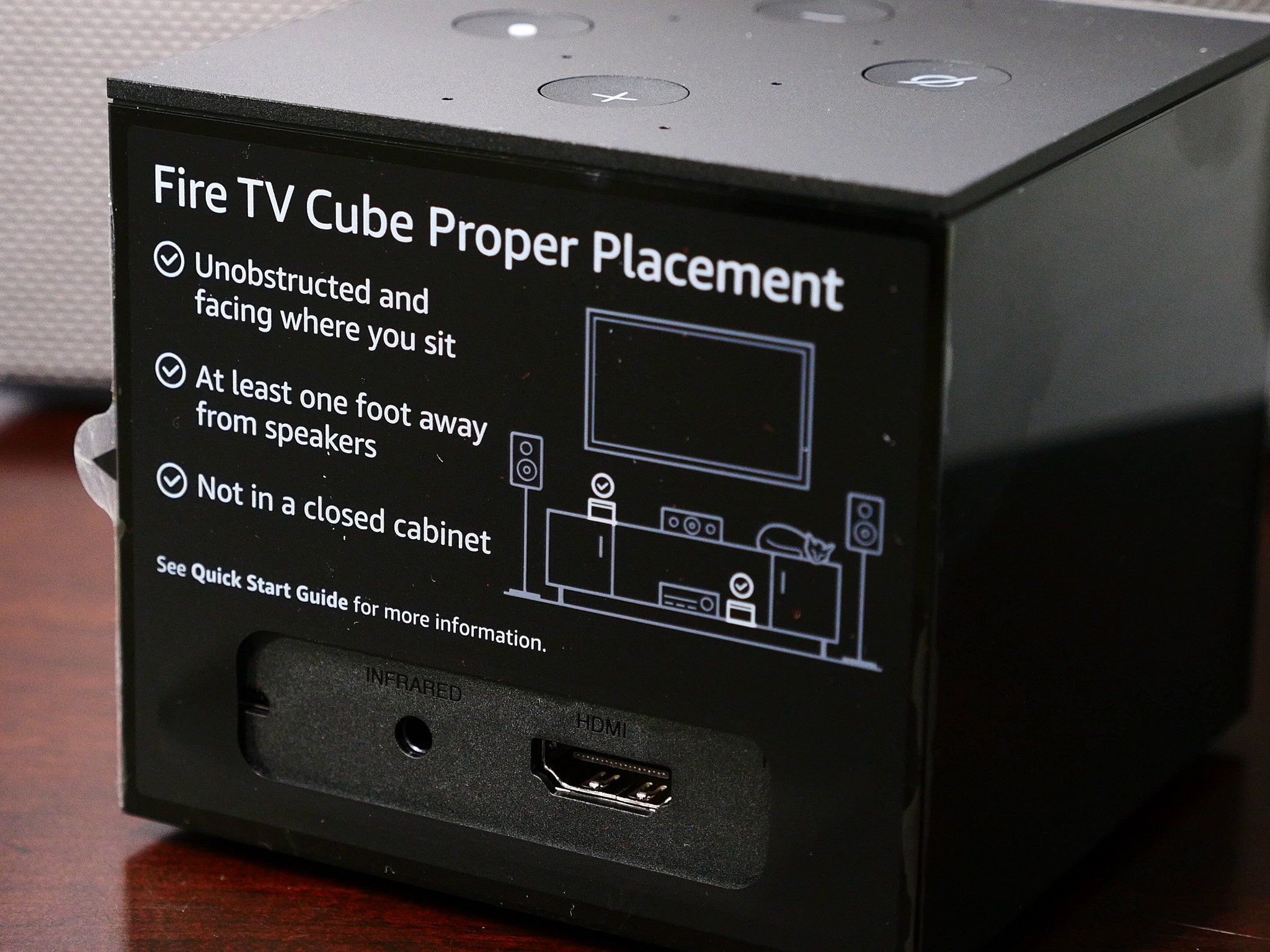
And remember that the Fire TV Cube is meant to be out in the open , so you can see it. And so it can hear you. And remember that this is a glossy, black, plastic cube — and every speck of dust (which tends to be attracted to things that are glossy and black and plastic, because science) and every fingerprint is going to show on this thing.
After all that, though, the on-screen setup is a breeze, and remains very well done. If you purchased from Amazon, it'll come ready to sign into your account. (That's another good reminder to order as a gift if you're not actually purchasing it for yourself.)
A few more screens and you're done. The only out of the ordinary part here is if you have speakers or a sound bar to set up. The Fire TV Cube handles that with relative ease. Again, device control such as this isn't exactly new — it's just new to this device.
The only real annoyance with setup was with the apps that were suggested. It's great if what you used is listed. It's a waste of space if it's not — and Fire TV was missing some pretty obvious ones, so don't be surprised if you have to go install them yourself.
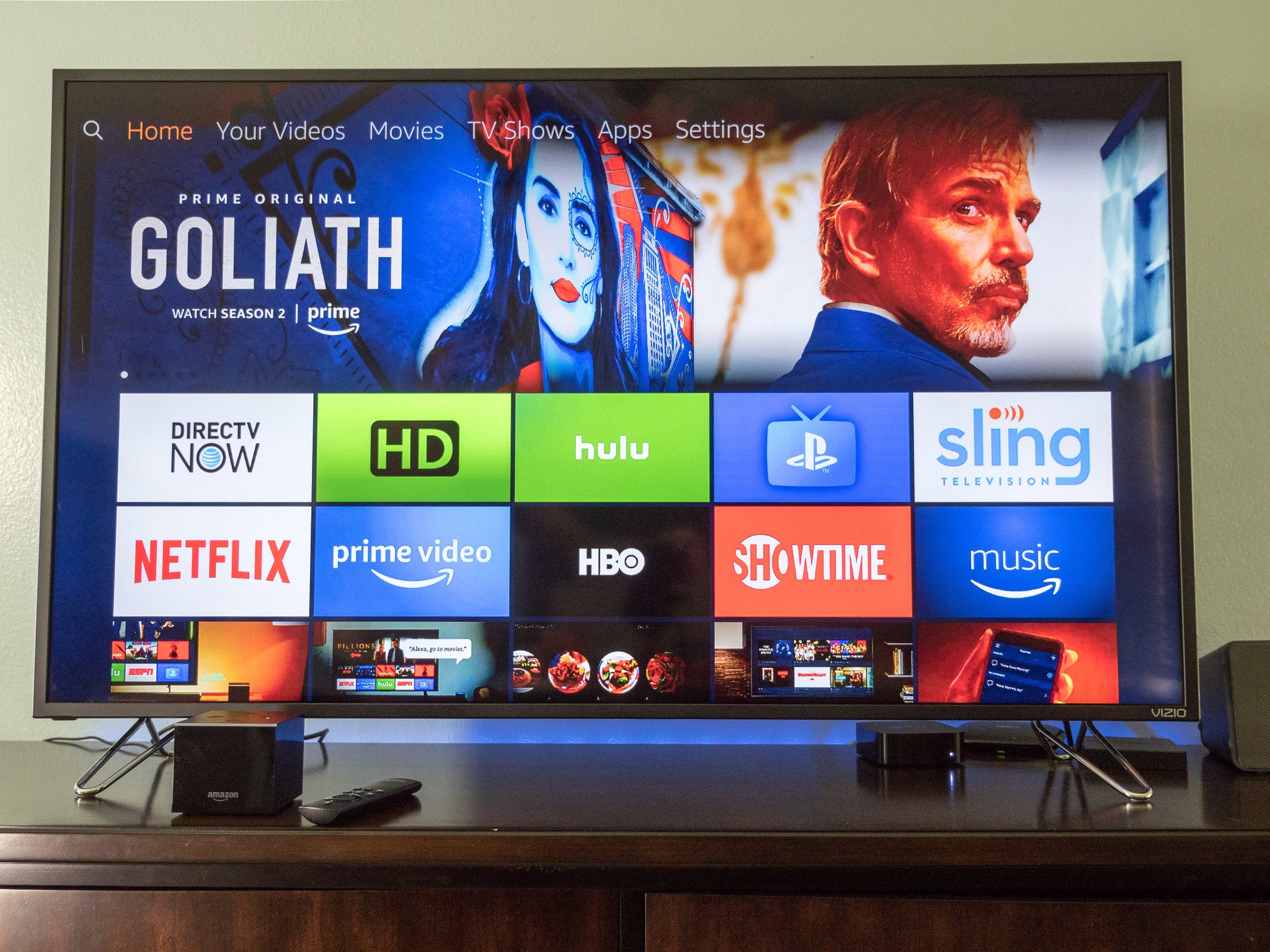
Amazon Fire TV Cube Using the thing
When you're looking at the Amazon Echo side of the cain, the Fire TV Cube works great. It basically is a souped-up Echo Dot. It sounds a little better, and it's able to understand me pretty well from the other side of the living room. (It did struggle a little in my bedroom, though, which was odd. You'll get different results in different spaces, probably.
And because it's an Alexa-enabled device, it can do everything other Echoes can do. It can control smart devices. It can play games. Or play music, or read books and answer questions. And it mostly does so very well. If you tell it to play music (it defaults to Amazon Music, of course), it'll turn on the display and show the lyrics and album art, just like on the Echo Show, with the music coming from your TV or stereo speakers.
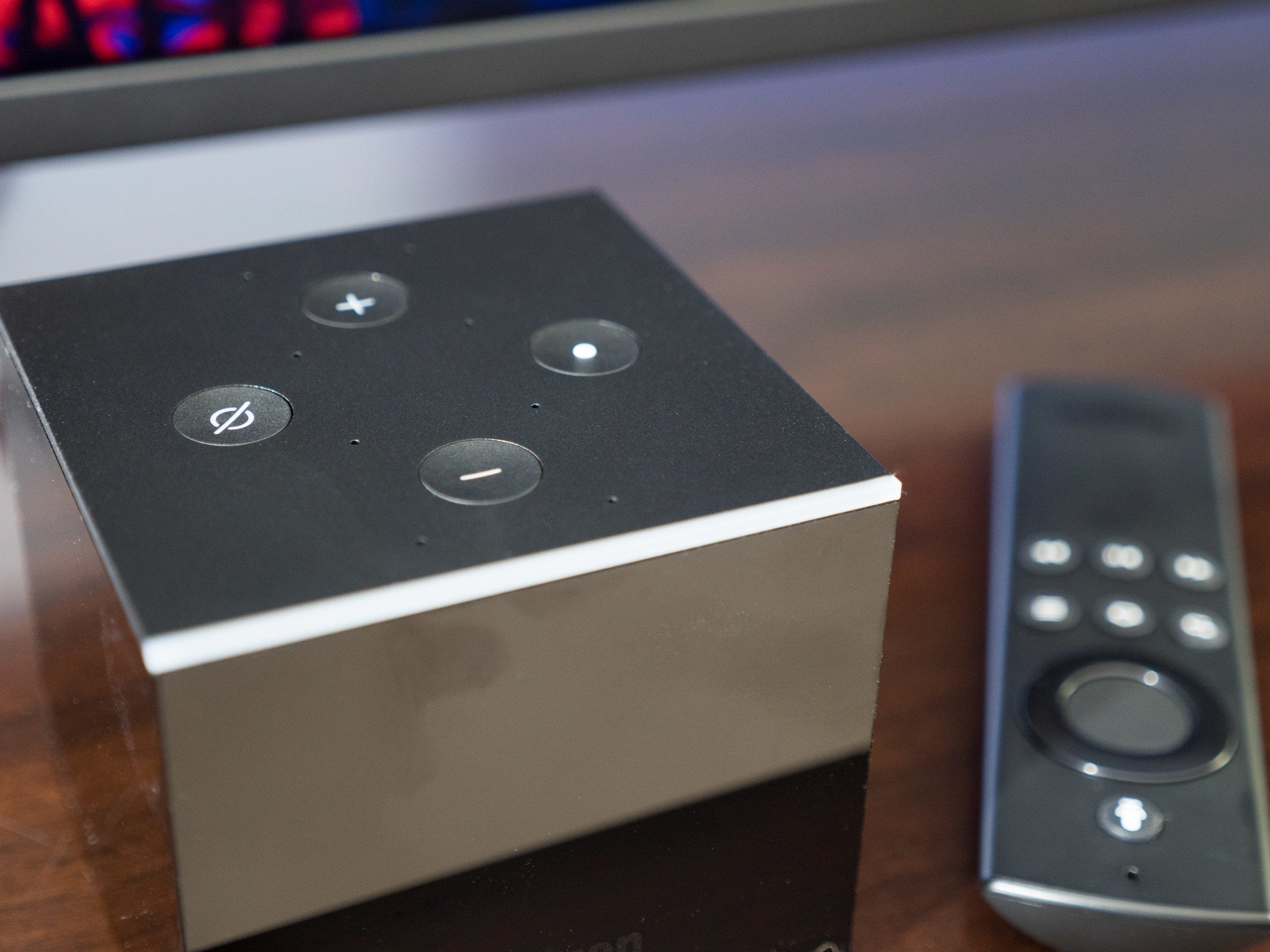
But third-party Alexa "Skills" might not yet play so nice. If I tell Alexa to show the feed from my Nest Hello doorbell, it'll do so. But it doesn't known to turn on the display first. (That's obviously a fault in the Skill itself, though you'd think Amazon could have handled that on its end because at the end of the day a screen is a screen is a screen.)
That sort of thing will sort itself out, of course. The broader device control is where we start to get into somewhat murky territory. The simple fact is that what's in my home may well be different than yours. Different televisions, different stereos, different sound bars, whatever. So what I'm going to ask the Amazon Fire TV Cube to control may well be different than what you need it to control.
You may still have a cable or satellite box. Or you may have cut the cord and stream everything. You may use the audio straight out of the back of the TV (you poor soul), or you may have something better rigged up. There may be wonk, in other words. But the general usage should be pretty straightforward, too.
Amazon Fire TV Cube can control a number of cable and satellite boxes . You should be pretty well covered there. Just tell it what you want to watch, and it'll take care of things — even changing the TV input for you. (It's smart like that.)
Same thing on the streaming front. Tell the Fire TV Cube to watch something on Amazon Prime Video, and it'll find it. Quickly. Your results will vary with the other streaming services, and that's as much a matter of how well the app is coded as it is anything else. PlayStation Vue, for example, is still very slow, taking about three or four times longer to launch and play back Archer than Amazon is to fire up The Marvelous Mrs. Maisel .
If you know exactly what you want to watch or do, Fire TV Cube voice control works great. If you're a browser, you'll need at least one remote control.
(By the way: There's still no YouTube app. Sure, you can get it to play YouTube content through the Silk browser — and it's even still controllable by voice. But this is still a thing, and it's a bad thing, and it's only hurting the users.)
But that's not even where the entire Fire TV Cube experience starts to fall apart for me. This could just be my age showing (or the fact that I live with a couple of young daughters), but I don't enjoy talking to a device when a remote control can do the same thing, silently. I want to walk into a room, grab the remote, and turn the TV on. I don't want to have to talk to anyone to do it.
When I'm watching something and want to change the volume, I want to do it silently. With a remote control. I don't want to have to interrupt what we're watching with my voice.
When I'm done and I want to turn everything off, I want to silently hit a single button to do so. (Unless I want to make a point with the kids, in which case it's perfectly OK to scream at Alexa to just shut the whole damn thing down.
That's not to say Amazon hasn't done things pretty well here. It has. The Fire TV end of things works just like we'd expect the current generation of Fire TV to work. And the Alexa side of things works just like we'd expect Alexa to work. And it does a decent job of controlling hardware and integrating with apps.
But the simple fact is that hands-free TV isn't everything, and it shouldn't be everything. There are times that remote controls are good and necessary, and the entire Fire TV lineup still fails in that regard .
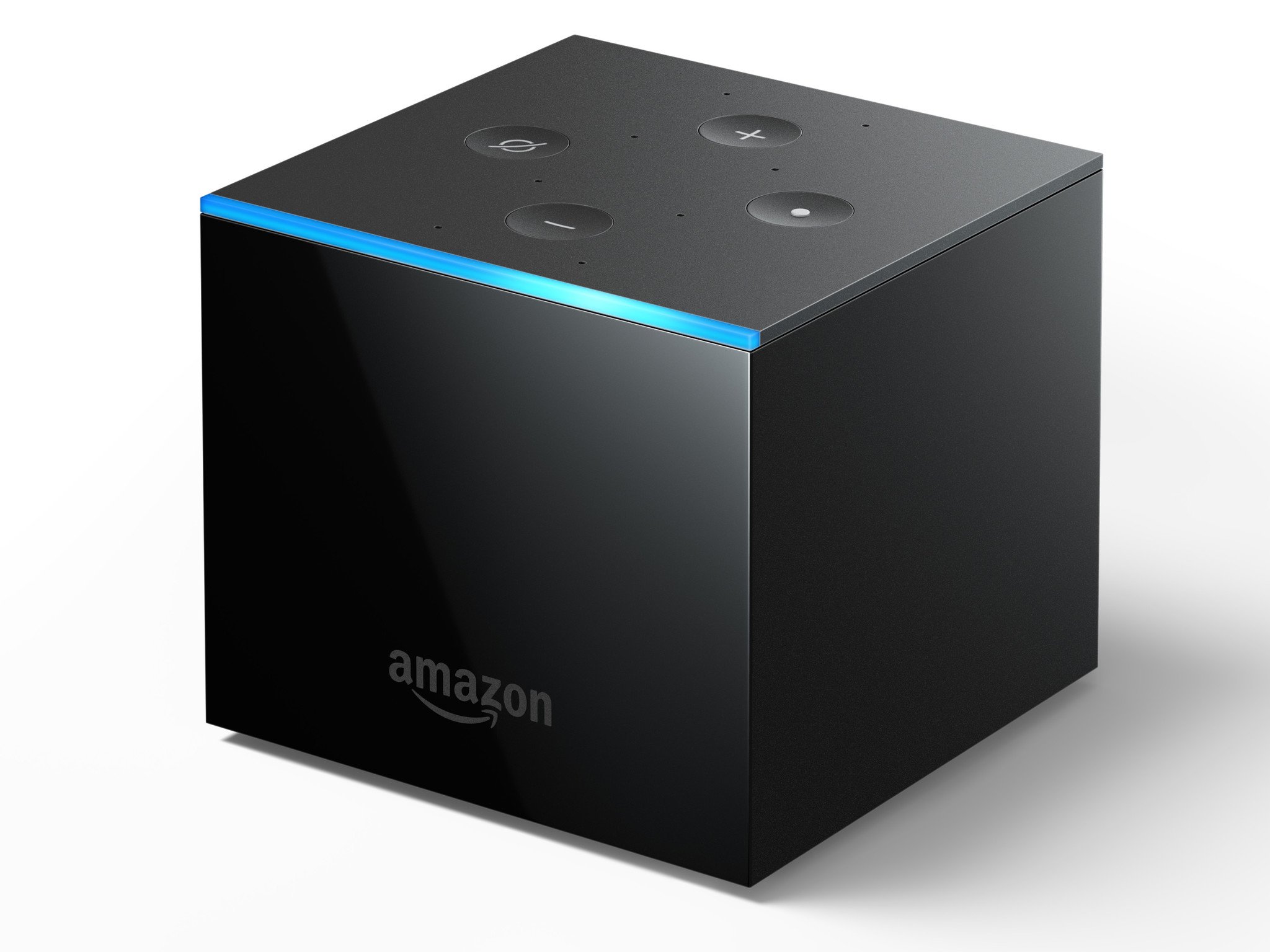
The Amazon Fire TV Cube is a devilishly simple product. It's part Amazon Fire TV — a 4K-capable streaming video device. And it's part Amazon Echo Dot — with Amazon Alexa and microphones and speakers, so it can work independently of (and control) your television and just about anything else connected to it.
And it's capable in both of those respects. But the Fire TV Cube underscores the fact that voice control — even as excellent as it is with Alexa — isn't the solution for everything, and you'll find yourself reaching for a remote control pretty regularly.
It's a great all-in-one device that allows you to control things with your voice, but it's also a reminder that you're not always going to want to control things with your voice.
